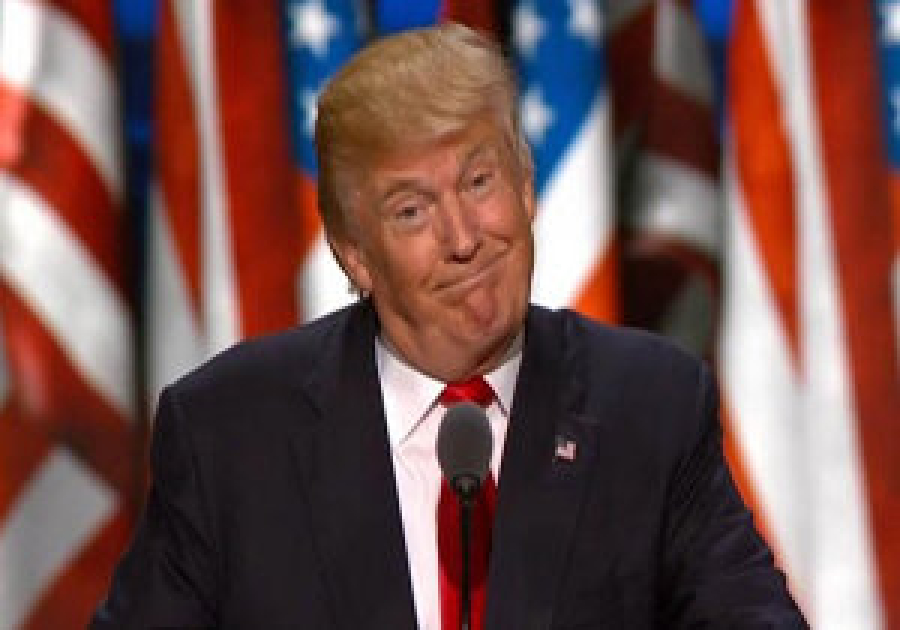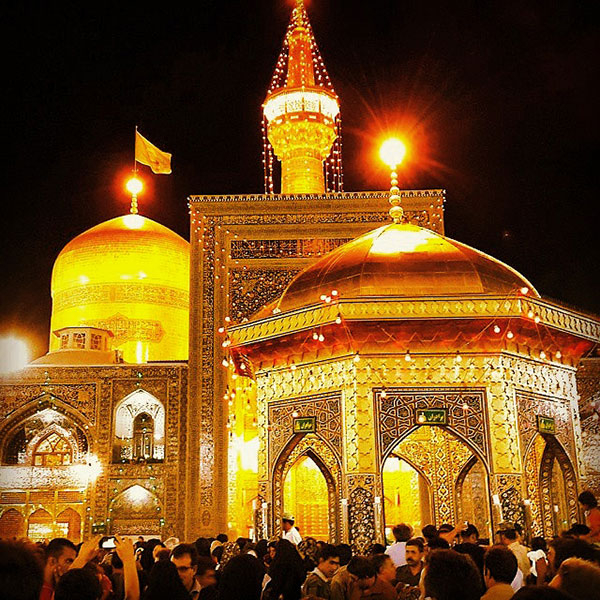By Saeedeh Moradifar, Ali Reza Nasr Esfahani
After Donald Trump’s social media accounts, particularly on X (Twitter), were suspended, he launched his own platform, Truth Social, at the end of 2021. The goal was to regain media influence and directly convey his political beliefs as well as his portrayals of himself and others.
Trump has consistently expressed his views—often diverging from traditional diplomatic norms—first via X and later through Truth Social. Notably, his rhetoric directly influences US foreign policy and international diplomatic relations, shaping perceptions of US governance
One country that Trump frequently comments on is the Islamic Republic of Iran. In this article, we analyzed 80 posts (Truth Social) from Trump specifically about Iran, spanning from January 2025 to the end of the 12-day imposed war, to uncover the implicit messages in his content
Using a mixed-method content analysis, we extracted 165 codes, including keywords, repeated phrases, and thematic variations, and grouped them into meaningful categories. Ultimately, two dominant conceptual images emerged: Trump as the “Saviour of the world” (Trump's image of himself), and Iran as the“weak enemy” (Trump's image of Iran).
The content analysis of Trump’s social media posts suggests that he has emphasized building a positive image of his administration to shape international perceptions against Iran and foster empathy and support for the United States.
By publishing this content, Trump has aimed to portray Iran negatively in the region and globally, while presenting his administration in a favorable light. Indeed, 75 percent of the content in Trump’s posts focuses on his image as a global savior, while only 25 percent addresses Iran as a weakened adversary.
Trump's image of himself – ‘savior of the world’
Trump has sought to portray himself as the “savior of the world” by disseminating selective information. His aim appears to be the justification of his administration’s policies toward Iran and the manipulation of international perceptions to align foreign stances with US objectives.
His self-image is constructed through four thematic categories: 'Questioning the achievements of the Democrats,' 'pre-emptive self-defense,' 'ending the war,' and 'preventing the emergence of a regional hegemon.'
The analysis reveals that 'pre-emptive self-defense' dominates his narrative, representing 39 percent of the content, followed by 'ending the war' (35 percent), 'questioning the achievements of the Democrats' (23 percent), and 'preventing the emergence of a regional hegemon' (3 percent)
To construct this image of himself, the US president has questioned the Democrats’ achievements through two main codes: the termination of the Democrats’ nuclear deal and the need for a new diplomatic agreement with Iran.
He has depicted former US president Barack Obama and the Democrats’ nuclear deal as responsible for enabling Tehran’s “pursuit of nuclear weapons.” From Trump’s perspective, a new agreement with Iran is necessary to prevent uranium enrichment and the acquisition of nuclear weapons by Tehran. He frames Iran as a state whose interests conflict with those of the US, aligned with the Eastern Bloc, and as an international threat that must be countered to protect both the Israeli regime and American interests in the region.
By filtering intelligence and using his own rhetoric, Trump has sought to present a US attack on Iran as “pre-emptive self-defense,” guided by two codes: the legitimacy of striking Iranian nuclear facilities and the destruction of Iran’s nuclear sites.
From his perspective, these actions enabled the US to create a significant historical moment for Israel and the world by targeting Iranian nuclear sites, including Fordow, Natanz, and Esfahan.
Trump’s ultimate aim has been to portray his administration’s success in so-called “Operation Midnight Hammer” in mid-June as neutralizing a destabilizing nuclear threat in the region, which in reality was in brazen violation of international law and based on false intelligence.
He has presented his Republican administration as the main factor in ending the war in the West Asia region with two codes (a ceasefire agreement between Israel and Iran, establishment of world peace). In fact, Trump's goal was to present himself as a peacemaker and a security-conscious person in the international system by sorting out positive information, such as the one that resulted in the ceasefire agreement after the 12-day war, sought by Israel.
Importantly, Trump has placed less emphasis on preventing the emergence of a regional hegemon with a code. However, he sees any progress in Iran’s nuclear program as a basis for acquiring nuclear weapons, which he claims would imperil security in the region.
Trump's image of Iran – ‘weak enemy’
Trump has also attempted to portray Iran as a weak adversary within the international system. While the roots of this negative depiction date back to the victory of the Islamic Revolution in 1979, there are two primary reasons for it:
The fundamental principle of Imam Khomeini’s and Leader of the Islamic Revolution Ayatollah Seyyed Ali Khamenei’s foreign policy during their leadership was resistance to global arrogance and confrontation with American imperialism. From the US government’s perspective, this reflects Iran’s deep hostility toward the US.
Iran’s support for Palestine in resisting Israel is another aspect of its discourse of resistance to global arrogance. Clear evidence of this support includes operations "True Promise1" in April 2024 and "True Promise2" in October 2024, carried out in response to Israel’s genocidal war against the people of Gaza and the cowardly assassinations of top resistance leaders, Hassan Nasrallah, Ismail Haniyeh, and Abbas Nilforoushan.
These factors have contributed to a distorted image of Iran in international relations, portraying it as an enemy and a threat from the US perspective, potentially encouraging Western countries and Israel to consider further attacks on Tehran. Crucially, Trump sought sufficient and morally framed justifications for this negative portrayal of Iran to support potential military action.
Trump’s image of Iran as a weak enemy is constructed around three categories: 'disruptor of the international order,' 'incapable of governance,' and 'lacking credibility and authority in the international system.'
Content analysis indicates that Trump placed the greatest emphasis on the 'disruptor of the international order,' which accounted for 68 percent of the content. This was followed by 'incapable of governance' at 17 percent and 'lacking credibility and authority in the international system' at 15 percent, showing his focus on reinforcing a negative image of Iran.
To depict Iran as a disruptor, Trump emphasized two codes: sponsorship of terrorism and pursuit of nuclear weapons. In his view, Tehran’s support for the Ansarallah resistance movement in Yemen through military and financial aid contributes to regional chaos and instability, while its nuclear ambitions threaten global security.
Trump has also portrayed the Islamic Republic as incapable of governing effectively, emphasizing the need for regime change as a key code. By highlighting internal challenges and sanctions-related restrictions, Trump linked the solution to Iran’s problems to “regime change,” while downplaying the primary causes—namely, unilateral and illegal sanctions imposed by his own country against the Iranian nation. The same “regime change” project that has been in the works for the past 46 years.
Finally, Trump frames Iran as lacking credibility and authority in the international system through two codes: inability to sell oil and defeat in the war against Israel. From his perspective, Israel’s 12-day war represented a successful counter to Tehran’s regional ambitions, positioning Israel as the real victor. Moreover, Iran’s weakened state, according to Trump, prevents it from exporting oil even to allies like China. Both claims are based on bogus information fed to the US president.
To counter Trump’s negative and manipulative portrayals of Iran, a strategic approach could involve establishing a non-profit organization, which would operate independently, free from political influence, and adopt a long-term strategy for real image-building.
Saeedeh Moradifar is a Ph.D in International Relations and a Researcher at the Islamic Parliament Research Center of the Islamic Republic of Iran.
Ali Reza Nasr Esfahani is a Ph.D. in Futures Studies and a member of the academic staff at the Islamic Parliament Research Center of the Islamic Republic of Iran.
Press TV’s website


















